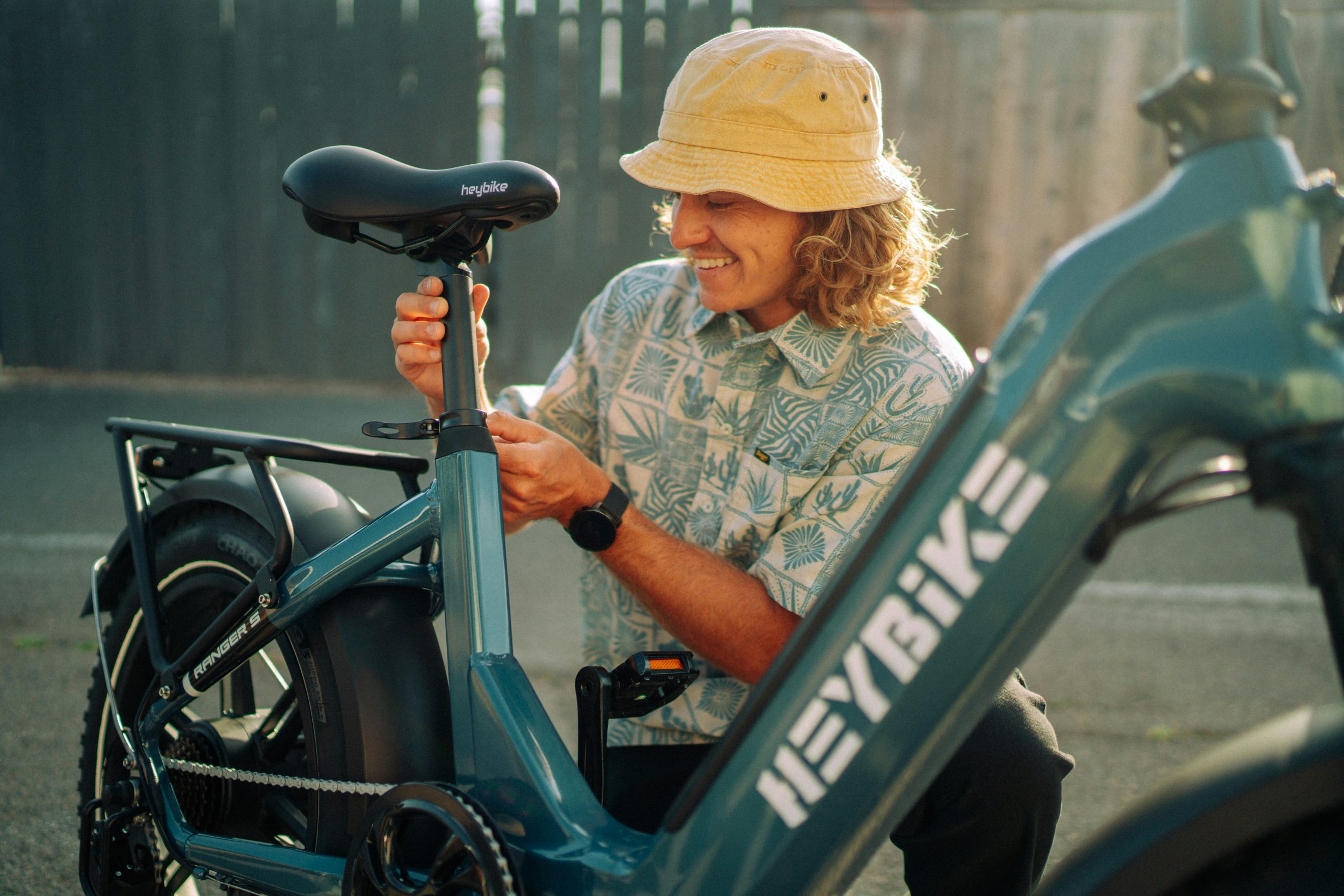It is very important for the e-bike riders to know and understand the key elements that constitute an e-bike so that they can use it at its maximum extent of performance and comfort. From the frame structure down to the source of energy and propulsion and braking mechanism, each part plays its key role in ensuring a smooth and enjoyable ride. Through the major elements that contribute to the design, functionality, and overall riding experience of modern e-bikes, this guide will help riders make informed decisions.
The Structure of the Bike
The structural framework is very important to an e-bike’s overall performance and the comfort of the rider. The frames are made from materials that are both lightweight and strong, such as aluminum, steel, titanium, and carbon fiber. These ensure strength and stability while still keeping the bike manageable in weight—a quality necessary for both commuting daily and long rides. In addition to the material choice, the frame design is tailored to various rider needs. Grundig e-bikes offer step-through frames for easy mounting, they currently focus on practical, performance-oriented designs, with folding frames and cruiser options for various needs. Whether you’re navigating through city streets or enjoying a leisurely ride, the structural design ensures an optimal balance of performance and comfort.
Power and Energy Systems
The power and energy systems for e-bikes form the foundation of their performance. Grundig e-bikes use lithium-ion batteries to ensure their energy efficiency, light weight, and reliable power for long rides. Its placement varies from model to model; it may be mounted on the rack or the frame to help with optimal weight distribution as well as accessibility. Voltage selections directly impact the distance and performance of the bicycle, with a normal range under ideal conditions being up to 100 km per charge. Charging normally takes around 3 to 6 hours, which is ideal for integration into daily lives.
Propulsion and Motor Design
The motor within an e-bike would be significant in offering pedal assist, thus making the ride smooth and faster. Depending upon its placement, whether the front hub, rear hub, or mid-drive type, the motor affects its handling, traction as well as power delivery; mid-drive motors are greatly beneficial for hill climbing by directly distributing power to bike gears, thus enhancing performances on inclines.
Most regulatory standards cap motors in e-bikes at 250 watts, which by definition limits their maximum speed to 25 km/h. This gives an optimal performance, efficiency, and user safety so that the e-bikes could be easily used for many different purposes.
Pedal Assist Technology
E-bikes make use of pedal assist technology with sensors to detect the pedaling effort by the rider. It adds additional power and makes riding a lot easier. Torque sensors measure how much a rider puts his effort on the pedals and provide motor assistance in a proportion that is how much the rider exerts himself to get to where he wants. Therefore, it is suitable for those seeking a more natural and responsive ride. Cadence sensors work on pedaling cadence and deliver a constant amount of power, thus being suitable for riders who prefer stable, less variable assistance.
These technologies are critical in the effort to make e-bikes more accessible and efficient for a wide range of riders. The system adjusts and optimizes battery use with changing riding conditions as well as the intensity level that the rider wants to ride at. Whether experienced or a newcomer, pedal assist ensures that the riders will be able to reap the benefits of electric biking without the strain of the traditional bicycle.
Stopping Power
The braking systems should ensure the safety of the riders as the e-bikes do bring some added speed and weight along. The reliability, as well as easy maintenance, of mechanical disc brakes, makes it an economical choice for most e-bike riders. Hydraulic disc brakes, on the other hand, provide effective stopping power with smooth and precise braking, especially in hard conditions like wet or in the mud. Effective braking ensures riders can maintain control, making it crucial for navigating urban environments and uneven terrains, where quick stops and stability are vital.
Adapting to Terrain
Gears in e-bikes are the most important things that make it possible to adapt to different terrains. This way, riders can adjust their pedaling effort for optimal performance. In flat roads, gears maximize speed, but on inclines or uneven surfaces, they reduce the strain that makes climbs easier. Gears work with the motor to improve efficiency overall and ensure that the power output is matched with the rider’s input. It offers smoother transitions between various terrains, better control, and an always smooth ride experience when crossing over from city streets to the roughest of trails.
Conclusion
Various parts of an e-bike work together to create a highly efficient and enjoyable ride: the frame, power systems, motor, and braking. Riders will find their individual needs and riding habits in choosing the best features, such as motor power, battery range, and braking systems. Future advancements in e-bike technology promise to be bright and full of promise, incorporating more sustainable materials, lighter frames, and smart connectivity.











